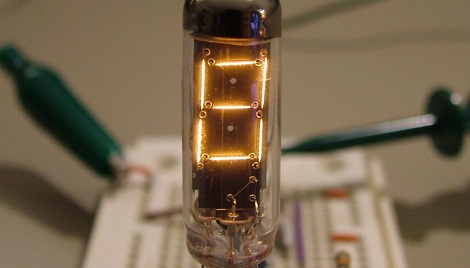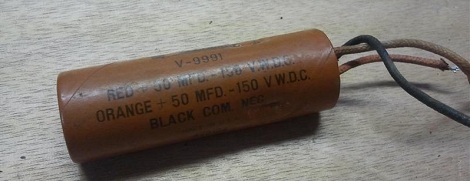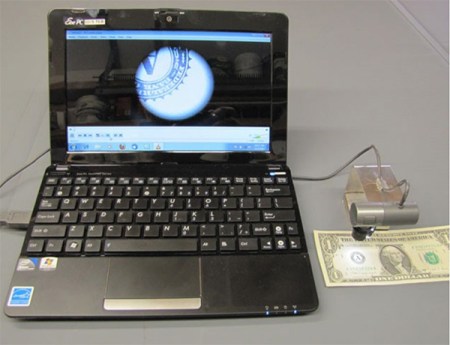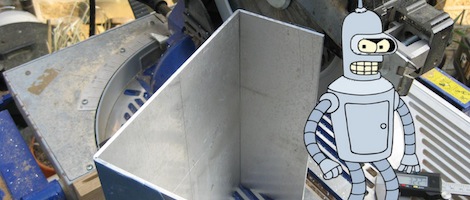Nixies and VFDs are great displays, but when using them you’ve got to deal with some fairly high voltages, at least for the micro projects we see on Hack a Day. Luckily, there’s another ancient technology that can be driven at tiny voltages. [Kenneth] put up a great tutorial on Numitron tubes to show the Internet how to get these guys working.
Numitron tubes are like Nixies, but instead of the ten number-shaped filaments in each Nixie, Numitrons are old-school seven-segment displays. [Kenneth] picked up a few on ebay and the seller was kind enough to include a Russian data sheet. Each filament in his IV-9 Numitrons required about 20mA to light up, perfect for the constant current LED drivers [Kenneth] picked up
The test circuit consisted of an ATtiny2313 and an A6278 LED driver. The code on the ATtiny cycles the digits 0 through 9. This is sent through the LED driver and lights up the tiny filaments inside the tube. Check out the video after the break to see the Numitron in action

















